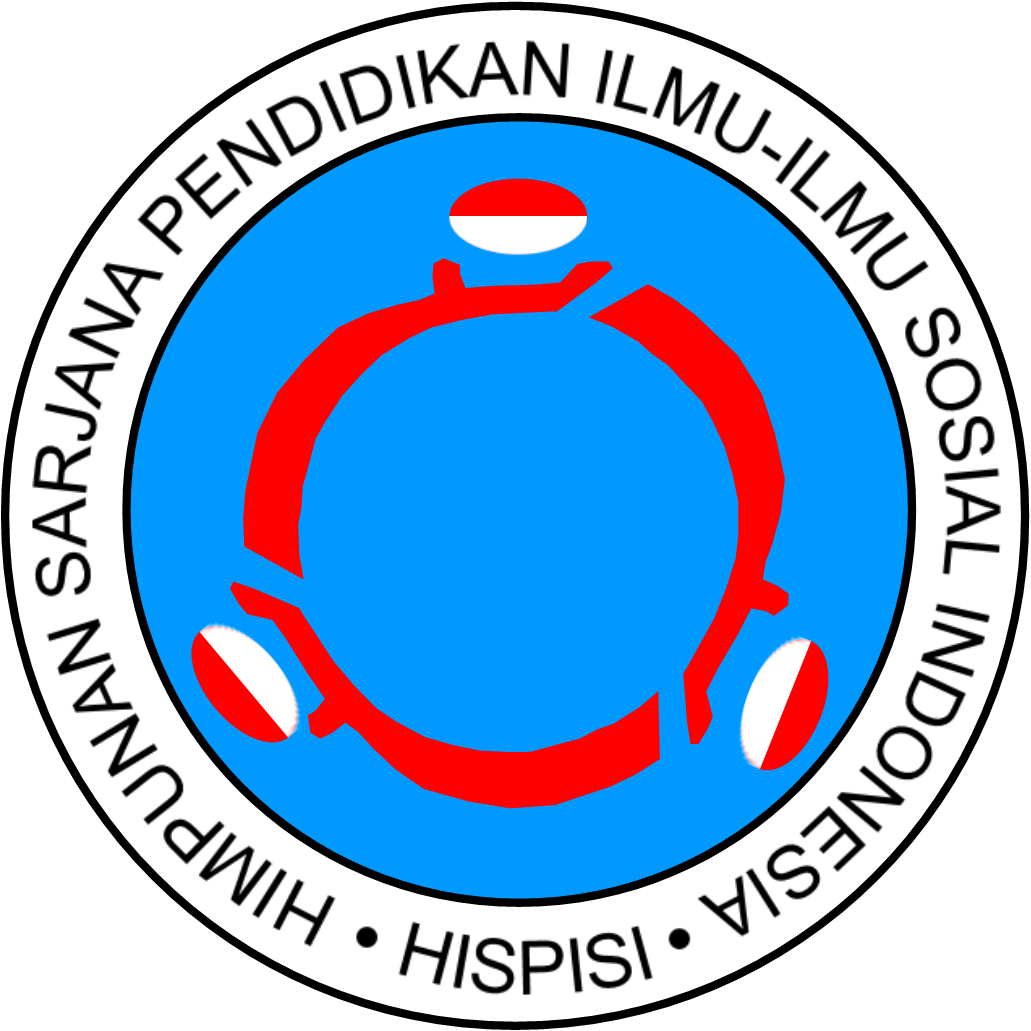Implementation of Character Education Value in the Short Film "Adipati Blek"
Abstract
Character education is one of the basic elements that can shape an individual's personality. Today, the value of character education is considered to be fading, especially for teenagers who have dropped out of school. This causes them to be entangled in social deviations such as joining the motorcycle gang community to the punk community. The short film Adipati Blek is one of the methods implemented by researchers in providing character education for out-of-school teenagers. This study uses a qualitative approach, with the method of cultural analysis in the aspect of cognitive anthropology. The data collection technique used is a documentation literature study. The results showed that, with the Adipati Blek film, it could implement the values of character education such as hard work, positive thinking, and motivation to have self-confidence. Films can be a creative medium for out-of-school teenagers to explore what potential they have, so that they can achieve success according to what they can.
Keywords
Full Text:
PDFReferences
Abdullah, A., & Puspitasari, L. (2018). Media televisi di era internet. ProTVF. Jurnal Kajian Televisi Dan Film, 2(1), 101–110.
Alacovska, A., & Bissonnette, J. (2021). Care-ful work: An ethics of care approach to contingent labour in the creative industries. Journal of Business Ethics, 169, 135-151.
Bayer, J. B., Anderson, I. A., & Tokunaga, R. S. (2022). Building and breaking social media habits. Current Opinion in Psychology, 45(100), 101303.
Berkowitz, M. W., Lickona, T., Nast, T., Schaeffer, E., & Bohlin, K. (2020). The eleven principles of effective character education: a brief history. Journal Character Education, 16(2), 1–10.
Bianchi, D., Cavicchiolo, E., Lucidi, F., Manganelli, S., Girelli, L., Chirico, A., & Alivernini, F. (2021). School dropout intention and self-esteem in immigrant and native students living in Poverty: The protective role of peer acceptance at school. School Mental Health, 13, 266–278.
Bocian, K., Baryla, W., Kulesza, W. M., Schnall, S., & Wojciszke, B. (2018). The mere liking effect: Attitudinal influences on attributions of moral character. Journal of Experimental Social Psychology, 79, 9–20.
Brereton, M., Sitbon, L., Abdullah, M. H. L., Vanderberg, M., & Koplick, S. (2015). Design after design to bridge between people living with cognitive or sensory impairments, their friends and proxies. CoDesign, 11(1), 4-20.
Cahyo Adi Kistoro, H., Setiawan, C., Latipah, E., & Putranta, H. (2021). Teachers' Experiences in Character Education for Autistic Children. International Journal of Evaluation and Research in Education, 10(1), 65-77.
Crossan, M., Mazutis, D., Seijts, G., & Gandz, J. (2013). Developing leadership character in business programs. Academy of Management Learning & Education, 12(2), 285-305.
Filem. Melayu. (2011). Film as a Medium of Communication for Dacwah: Analysis of Religious Elements in Selected Malay Films. Islamiyyat, 33, 67-76.
Hermino, A., & Arifin, I. (2020). Contextual character education for students in the senior high school. European Journal of Educational Research, 9(3), 1009-1023.
Kainz, K., & Aikens, N. L. (2007). Governing the family through education: A genealogy on the home/school relation. Equity & Excellence in Education, 40(4), 301-310.
Katz, J. (2015). A theory of qualitative methodology: The social system of analytic fieldwork. Méthod (e) s: African Review of Social Sciences Methodology, 1(1-2), 131-146.
Khairunas, S., Pratama, R. M. D., & Wardani, E. S. (2018). Personality Of Main Character In Jobs Film Directed By Joshua Michael Stern. Wanastra: Jurnal Bahasa dan Sastra, 10(2), 35-46.
Lee, G. . (2013). Re-emphasizing character education in early childhood programs: Korean children’s experiences. Childhood Education, 89(5), 315–322.
Maharani, A. (2016). Penyutradaraan film pendek ‘Adipati Blek’ sebagai upaya meningkatkan pendidikan karakter (remaja di Desa Jelekong). Art, 3(3), 714–722.
Millennia, N. I., Anan, Y., Lestari, I., Arifin, R., & Hidayat, A. (2020). Punk community in criminology study (study in Ngaliyan District, Semarang City). Law Research Review Quarterly, 6(1), 37-52.
Mochama, A. (2020). Interpretations of television aesthetics: a mise-en-scene analysis in audio-visual Coca-Cola commercials. International Journal of Research and Scholarly Communication, 3(1), 14–30.
Pala, A. (2011). The need for character education. International Journal of Social Sciences and Humanity Studies, 3(2), 23–32.
Pradana, D. A., Mahfud, M., Hermawan, C., & Susanti, H. D. (2020). Nasionalism: Character education orientation in learning development. Budapest International Research and Critics Institute-Journal (BIRCI-Journal), 3(4), 4026–4034.
Pramdani, F. . (2020). The profile of the marginal punk community and the driving factors for punk. The International Journal of Politics and Sociology, 8(2), 64–74.
Ruby, J. (1976). Anthropology and film: The social science implications of regarding film as communication. Quarterly Review of Film & Video, 1(4), 436-445.
Rosala, D., & Budiman, A. (2020). Local Wisdom-Based Dance Learning: Teaching Characters to Children through Movements. Mimbar Sekolah Dasar, 7(3), 304–326.
Singh, B. (2019). Character education in the 21st century. Journal of Social Science Studies, 15(1), 1–12.
Temiz, N. (2019). A Lesson Plan Model for Character Education in Primary Education. Educational Research and Reviews, 14(4), 130-139.
Tuffour, I. (2017). A critical overview of interpretative phenomenological analysis: A contemporary qualitative research approach. Journal of Healthcare Communications, 2(4), 52.
Toropova, A., Myrberg, E., & Johansson, S. (2021). Teacher job satisfaction: the importance of school working conditions and teacher characteristics. Educational review, 73(1), 71-97.
DOI: https://doi.org/10.17509/jpis.v31i1.47304
Refbacks
- There are currently no refbacks.
Copyright (c) 2022 Adinda Maharani

This work is licensed under a Creative Commons Attribution-NonCommercial-ShareAlike 4.0 International License.














